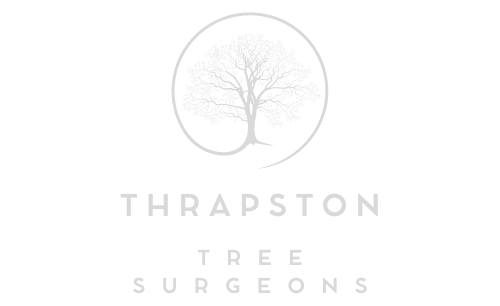Will Cutting Back Hedges Reduce Noise Pollution?
Introduction
Noise pollution is an increasingly common concern for homeowners across Thrapston and the wider Northamptonshire area. Whether it’s traffic from nearby roads, neighbours’ garden machinery, or general urban hum, the impact of unwanted noise on our wellbeing and outdoor enjoyment is undeniable. In the search for natural solutions, hedges often come up as a potential barrier—but what happens when they are trimmed or cut back? Does it improve or reduce their effectiveness?
At Thrapston Tree Surgeons, we understand the delicate balance between keeping your hedges neat and ensuring they serve their functional purpose. In this article, we explore how hedge maintenance affects noise reduction, and what you should consider before getting out the trimmers.
Hedges as Natural Sound Barriers
A well-established hedge acts as more than just a privacy screen or decorative feature—it can also absorb and deflect a portion of airborne noise. Dense, multi-layered vegetation, particularly with evergreen species, provides a soft surface that helps to dampen sound waves.
However, it’s important to understand that hedges don’t block sound like a solid wall. Rather, they reduce the perceived intensity of noise by absorbing higher-frequency sounds and disrupting the direct path noise travels from source to listener.
The Impact of Cutting Back
While regular hedge maintenance is essential for health and appearance, overzealous trimming can compromise a hedge’s noise-reducing capabilities. Here’s why:
- Thinner foliage = less absorption: If too much material is removed, especially from the sides, the hedge loses bulk that helps muffle sound.
- Reduced height = decreased effectiveness: Taller hedges block more line-of-sight noise. Cutting them too low exposes your property to direct sound waves.
- Bare patches = sound channels: Gaps caused by poor cutting or thinning allow noise to pass through more easily.
That said, this doesn’t mean you should let your hedge grow wild. The key lies in strategic pruning that maintains density and structure while encouraging healthy regrowth.
Best Practices for Hedge Cutting (Without Losing Sound Benefits)
To retain your hedge’s role in reducing noise, consider the following:
- Trim gradually and evenly to maintain density across the hedge’s surface
- Avoid cutting during active nesting periods or when the plant is stressed
- Shape hedges with a wider base than top to allow light penetration and avoid thinning at the bottom
- For noise control, aim to maintain at least 1.5 to 2 metres in height, depending on the surrounding noise level
- Consider multi-species planting for a thicker, more robust barrier over time
A professional tree surgeon can help advise on species-specific care and develop a cutting schedule that improves structure without sacrificing foliage mass.
When Cutting Back Can Actually Help
In some cases, selective hedge cutting may enhance noise protection. For instance:
- Removing deadwood or poor growth can encourage healthier, denser regrowth
- Shaping an overgrown hedge may increase uniformity and surface area for better absorption
- Allowing new planting space for secondary noise-reducing features like fences or trees
Every property and hedge is different, which is why a tailored approach always yields better results.
Conclusion
While cutting back a hedge is a necessary part of garden maintenance, it’s important to do so with awareness of its impact on noise control. A dense, healthy, and well-maintained hedge can play a meaningful role in softening the daily soundtrack of modern life—but only if it’s managed thoughtfully.
At Thrapston Tree Surgeons, we specialise in careful hedge trimming and long-term vegetation management that considers both visual and functional benefits. If you’re looking to reduce noise while maintaining the health and beauty of your hedges, we’re here to help. Get in touch with our expert team for advice and services tailored to your garden’s unique needs.
Call us on: 01832 770 681
Click here to find out more about Thrapston Tree Surgeons
Click here to complete our contact form and see how we can help with your tree needs.

